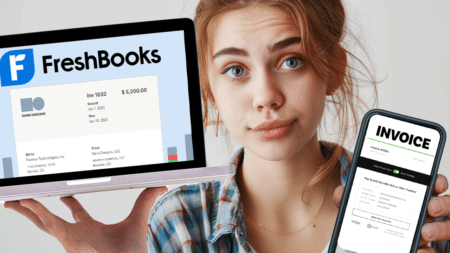As a freelancer, you may find yourself in situations where you are asked to sign a Non-Disclosure Agreement (NDA), and it is important to understand just what you are agreeing to. An NDA is a legal document that protects confidential information shared between two parties, and it can be an intimidating prospect to both understand and agree to all the terms and conditions of an NDA.
In this article, we will provide a crash course on the types of NDA you may encounter and why they are significant. This will ensure that you have a better understanding and the details you need to make an informed decision when signing one.
What Is An NDA?
First things first: you have been asked to sign an NDA – but do you actually know what this means?
An NDA, or Non-Disclosure Agreement, is a legal document that is drawn up between two or more parties that forbids the sharing of confidential data, details, or information, such as business plans, formulas, strategies, or processes. The person signing the NDA agrees not to divulge any information shared by the other party, even after ending their relationship and may face serious repercussions if the arrangement is broken.
Types of NDAs
There are two main types of NDAs you are likely to encounter as a freelancer: unilateral and multilateral.
Unilateral NDAs
This type of NDA is typically used when only one party has confidential information to share. The other party agrees not to disclose the information they are receiving but does not have any confidential information of their own to protect. This is the type of NDA that you are most likely to encounter as a freelancer, as clients may ask you to sign to protect and ensure confidentiality.
Multilateral NDAs
This is the most complex type of NDA, as it involves multiple parties who are all exchanging confidential information. Each party agrees not to share the other’s confidential data, and all parties are equally bound by the agreement.
When To Sign An NDA
The most common situation in which you may be asked to sign an NDA is when a client wants to share confidential information with you as part of their project. This could include a business plan, product formulas or processes, intellectual property, or any other sensitive material that they don’t want to become public.
Ultimately, the decision to sign an NDA is entirely up to you and depends on your comfort level and assessment of the situation. It is important to remember that NDAs are legally binding documents and should be taken seriously. You can also ask for clarification if there is any part of the agreement you don’t understand or don’t feel comfortable with.
Final Thoughts
By understanding NDAs and their implications, you can make an informed decision about whether to sign one. Knowing what you are agreeing to is the best way to protect yourself and your business and helps to ensure that your relationships with clients remain professional and mutually beneficial.
Keep the conversation going...
Over 10,000 of us are having daily conversations over in our free Facebook group and we'd love to see you there. Join us!


